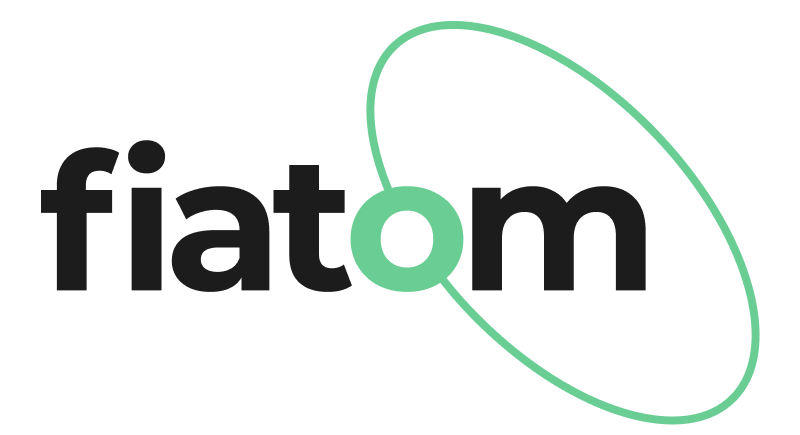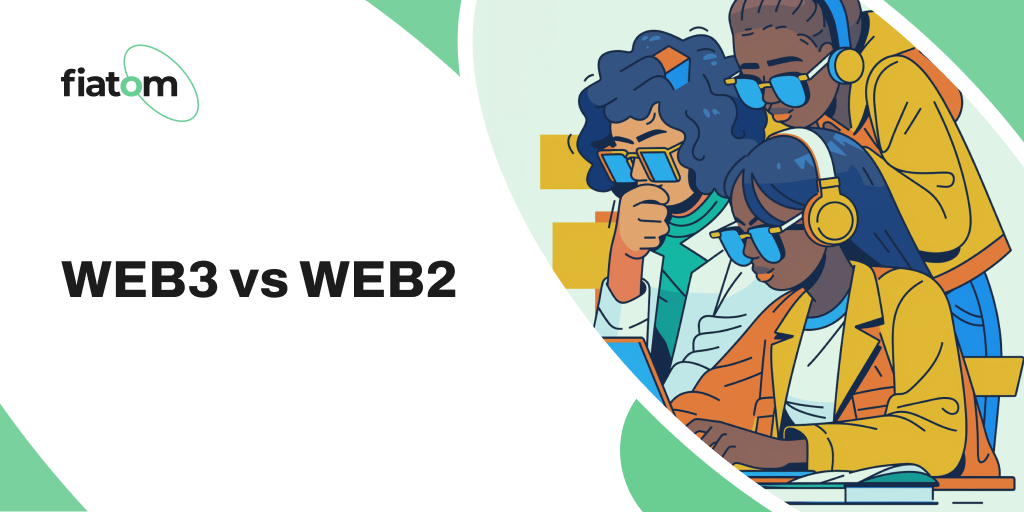Web3 is a broad term that encompasses technologies like blockchain, which decentralize ownership and control of data on the internet. Currently, most web applications are managed by centralized organizations that dictate how user data is stored and utilized.
What is it Web3?
Web3 is an internet where user data is not stored by major corporations like Google, Amazon, Facebook, and Apple, but rather in decentralized databases.
Web3 aims to create platforms that no single entity controls, yet everyone can trust due to the underlying algorithms and protocols. This vision is to be realized through advanced technologies such as blockchain, machine learning, big data, and artificial intelligence. The economy of this next-generation internet is expected to be powered by tokens and cryptocurrencies, independent of traditional financial systems.
Currently, this concept is still in development, so there is no universally accepted definition or comprehensive understanding of all the principles behind Web3.

Web1 vs. Web2 vs. Web3: The Evolution of the Internet
The web has evolved significantly, with today’s applications vastly different from the past. This evolution is categorized into three phases: Web 1.0, Web 2.0, and Web 3.0. Web 1.0 was the first iteration, where most users consumed content created by developers. Web 2.0 introduced an interactive and social web, allowing anyone to become a content creator.
Web3, however, brings a fundamental shift with decentralization at its core. It enhances the internet by adding features like verifiability, trustlessness, self-governance, and native payments. Unlike Web 2.0, Web3 applications (dApps) run on blockchain or decentralized networks rather than centralized servers.
Cryptocurrency plays a crucial role in Web3, providing financial incentives (tokens) for those who contribute to or improve these decentralized projects. Web3 protocols offer services such as computing power, data storage, and identity verification, traditionally provided by cloud providers.
6. How Web3 Enhances Privacy and Data Ownership
Here’s a revised version of the article with the points reordered for better logical flow:
In Web 3.0, preserving and storing data is fundamentally transformed, emphasizing decentralization, security, and user control. Below are the key methods used in this next-generation web:
1. Decentralized Storage Solutions
Web 3.0 platforms often begin with decentralized storage solutions like the InterPlanetary File System (IPFS) and Swarm. Unlike traditional systems that rely on centralized servers, these decentralized networks distribute data across multiple nodes. This approach not only enhances security but also reduces the risk of data loss and unauthorized access, making it a cornerstone of Web 3.0’s architecture.
2. Enhanced Data Encryption
With data distributed across a decentralized network, encryption becomes critical in Web 3.0. End-to-end encryption, using algorithms such as RSA and AES, ensures that data is secure and accessible only to authorized parties. This high level of encryption safeguards user data during both transmission and storage, reinforcing privacy and security across the Web 3.0 ecosystem.
3. Decentralized Identity Management
Building on the foundation of decentralized storage and encryption, Web 3.0 introduces decentralized identity management. In this model, users have control over their identities and personal data through the use of cryptographic keys, often managed via blockchain technology. This system reduces reliance on centralized entities for identity verification, enhancing privacy and giving users greater control over their personal information.
4. Smart Contracts for Data Ownership
Once users have control over their identities, Web 3.0 employs smart contracts to enforce data ownership rights. These self-executing contracts are coded directly into the blockchain and can specify the terms under which data can be accessed, used, or shared. By automating these processes, smart contracts give users precise control over their data, ensuring that it is handled according to their preferences.
5. Permissioned Data Access
The final layer of data control in Web 3.0 is permissioned access. Users can grant specific permissions to entities or applications, determining who can access their data and under what conditions. This granular level of control mitigates privacy risks and ensures that data is only shared with trusted parties, aligning with the decentralized and user-centric philosophy of Web 3.0.
These methods collectively define how Web 3.0 manages data, prioritizing decentralization, security, and user empowerment. As Web 3.0 continues to develop, these innovations will be essential in creating a more secure and equitable internet.
Economic Impact of Web3
Web3, the decentralized evolution of the internet, is set to transform the global economy by introducing new models of ownership, engagement, and value exchange. In Web3, digital assets like cryptocurrencies, NFTs, and personal data are controlled by users rather than centralized entities, enabling innovative business models and income opportunities.
This new framework empowers creators to directly monetize their work through tokenized economies and fuels the rise of play-to-earn gaming and the metaverse, blending entertainment with income. Decentralized Finance (DeFi) further disrupts traditional financial services, offering greater financial inclusion.
Web3 also shifts data ownership to individuals, allowing them to control and monetize their information. The future of work is being redefined through decentralized collaboration and entrepreneurship, with DAOs driving innovation.
However, Web3 faces challenges such as scalability, regulatory uncertainty, and the need for user education. Despite these obstacles, Web3 has the potential to revolutionize how we interact, work, and create value in a more decentralized digital economy.
The Future of Web3
The future of work in Web3 holds immense promise. With its foundation in decentralization, Web3 is set to transform how we work by increasing individual ownership of data and digital assets and fostering the rise of decentralized autonomous organizations (DAOs). These changes offer a vision of a more equitable and inclusive working world, where trust, transparency, and personalized learning empower individuals to adapt and thrive in a rapidly evolving job market.
Web3’s impact on the gig economy and the creative industries is particularly noteworthy. The use of non-fungible tokens (NFTs) and other digital assets opens up new possibilities for freelancers, artists, and content creators to monetize their work directly, without relying on traditional intermediaries. This shift not only provides greater financial independence but also encourages innovation and creativity in ways previously unimaginable.
As Web3 continues to evolve, it is poised to reshape how we interact with technology in our professional lives. The opportunities it offers are vast, from new ways of working remotely and collaborating globally to entirely new career paths that didn’t exist in the Web2 era. For those ready to embrace this technological evolution, the future of work in Web3 promises to be an exciting and transformative journey, offering limitless potential for career growth and lifestyle enhancement.
Conclusion
In conclusion, Web3 is set to revolutionize the internet by decentralizing ownership, enhancing security, and creating new economic opportunities. By empowering individuals with greater control over their data and digital assets, Web3 opens up innovative business models and transforms the future of work. While challenges like scalability and regulatory issues remain, the potential for a more equitable and inclusive digital economy is immense. As Web3 evolves, it promises to reshape industries and offer limitless opportunities for those ready to embrace this new era.
If you are ready to dive into the Web3 world, Welcome to Fiatom!

